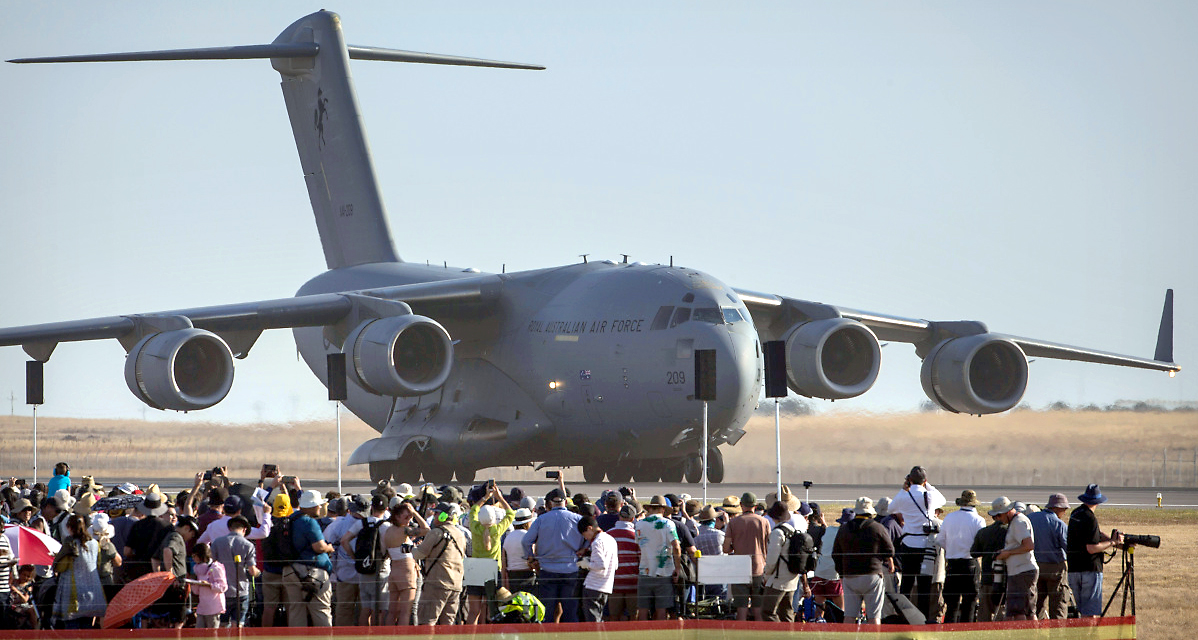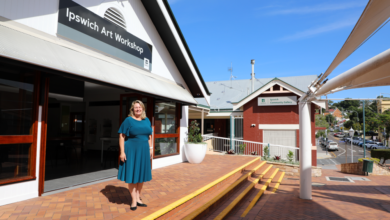The C-17A Globemaster A41-209 crew were conducting a series of flypasts on Anzac Day across Queensland and northern New South Wales when the plane achieved a milestone of 10, 000 flying hours on Thursday 25 April, 2019.
The largest aircraft in the fleet, the Globemaster is the backbone for the Australian Defence Force operations.
A41-209’s journey with Air Force goes back to March 2006, when the Government announced the purchase of up for four C-17A Globemasters for the Royal Australian Air Force. The first of the fleet was handed over in November of 2006, and arrived in Australia the following month.
In January 2008, A41-209 was formally handed over to the Royal Australian Air Force at Long Beach in California, but remained in the United States for fitting of additional systems.
It was delivered home to Australia in March 2008, joining its fellow Globemasters at RAAF Base Amberley.
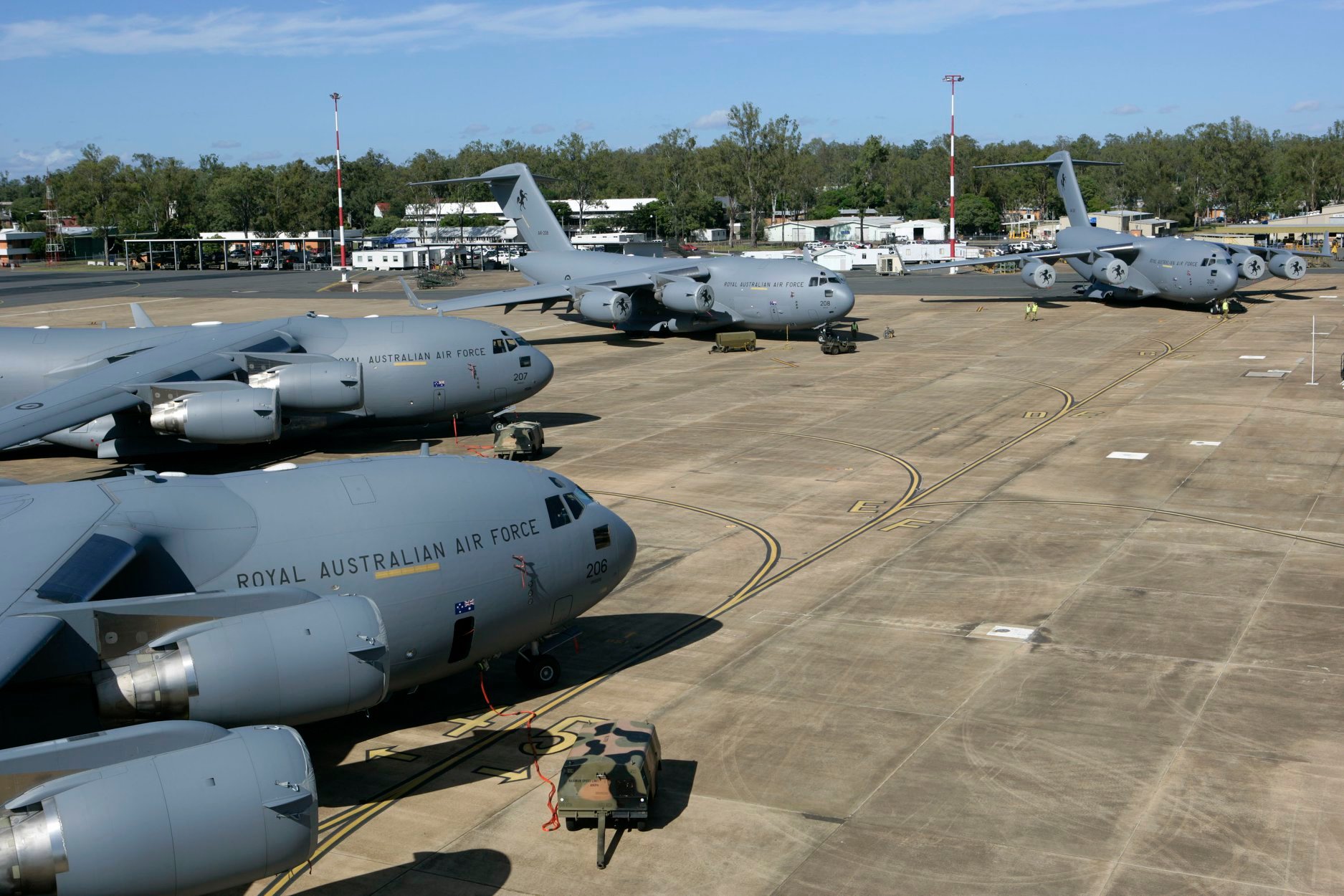
The A41-209’s first family photo
On 8 March 2008, RAAF Base Amberley formally welcomed home the newest aircraft (top right in the above image).
The ceremony occurred a week before the 66th anniversary of the formation of No. 36 Squadron, making the new acquisition an early birthday present for the unit.
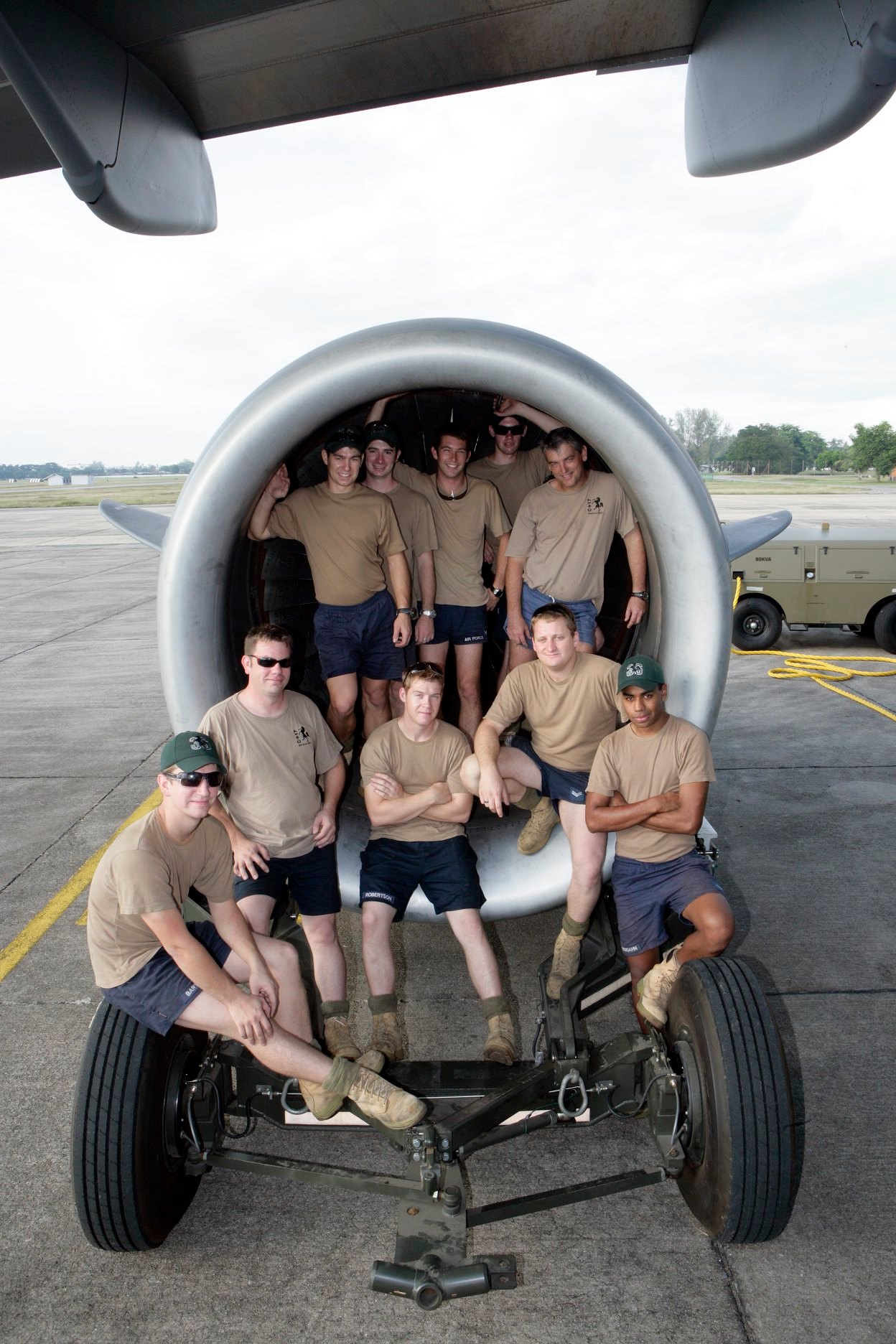
An inauspicious trip to Butterworth
During an international task, A41-209 was held up at RMAF Base Butterworth in Malaysia due to an engine fault. This required No. 36 Squadron to deploy another C-17A with a spare engine (handily contained inside the cargo bay) and a ‘pit crew’.
The other C-17A picked up A41-209’s original task, and the techos set about the task of replacing the affected engine – all 6.8 tonnes of it. It was the first time the Australian team had changed an engine on the C-17A, all completed safely while away from home.
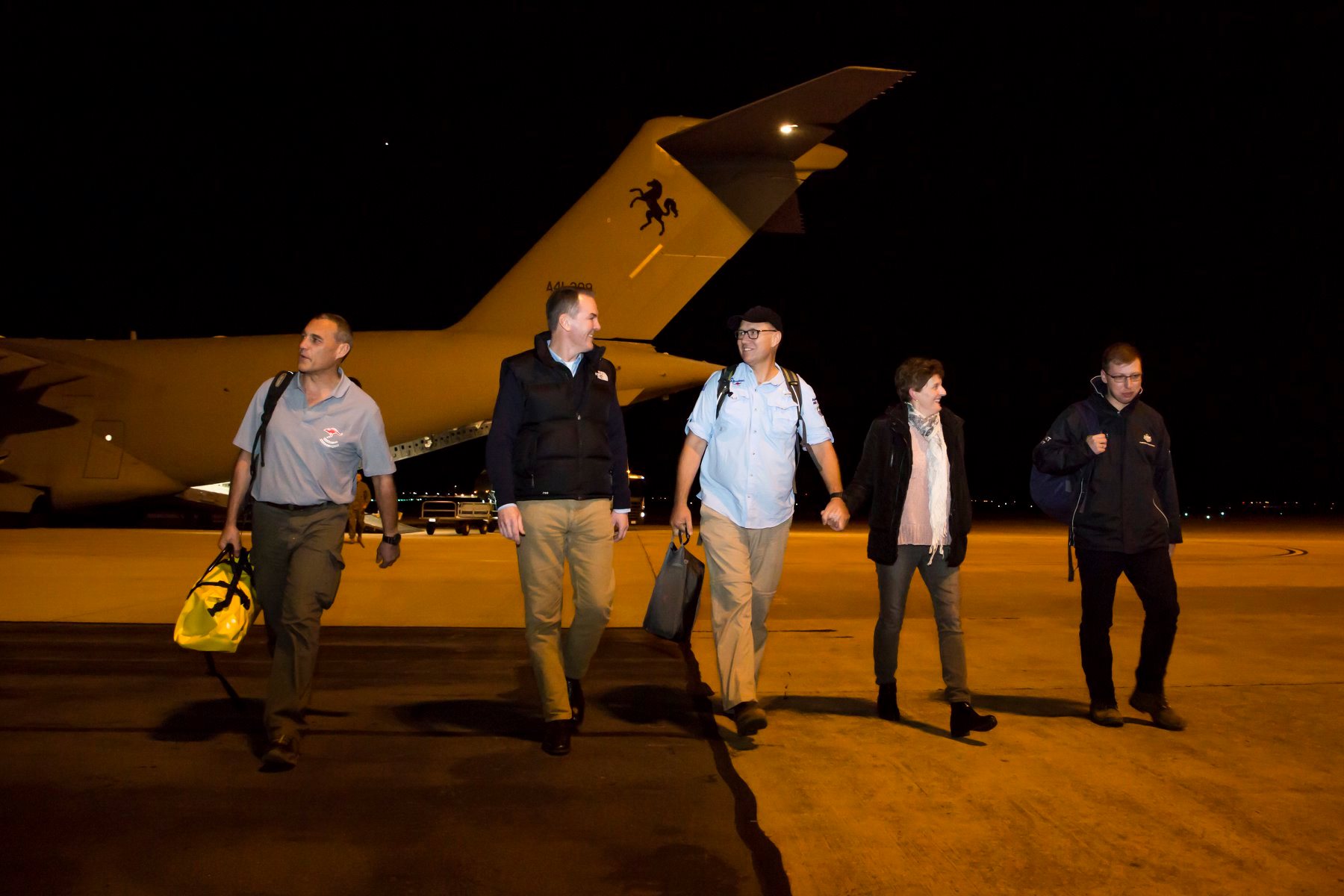
Deploying people and equipment abroad – and bringing them all home safely
Dr Richard Harris and his wife Fiona (third and fourth from left) walk across the RAAF Base Edinburgh terminal after returning to Australia from Thailand on -209.
Operation Thai Assist 2018 was the Australian Defence Force contribution to Australia’s assistance to the Thai-led search and rescue operation for 12 boys and their soccer coach trapped inside the Tham Luang Nang Non cave in Chiang Rai province of Thailand.
The Australian Defence Force provided assistance to officials from the Department of Foreign Affairs and Trade, and the Australian Federal Police, from 30 June to 12 July 2018. All 12 boys and their coach were successfully extracted from the cave on 10 July.
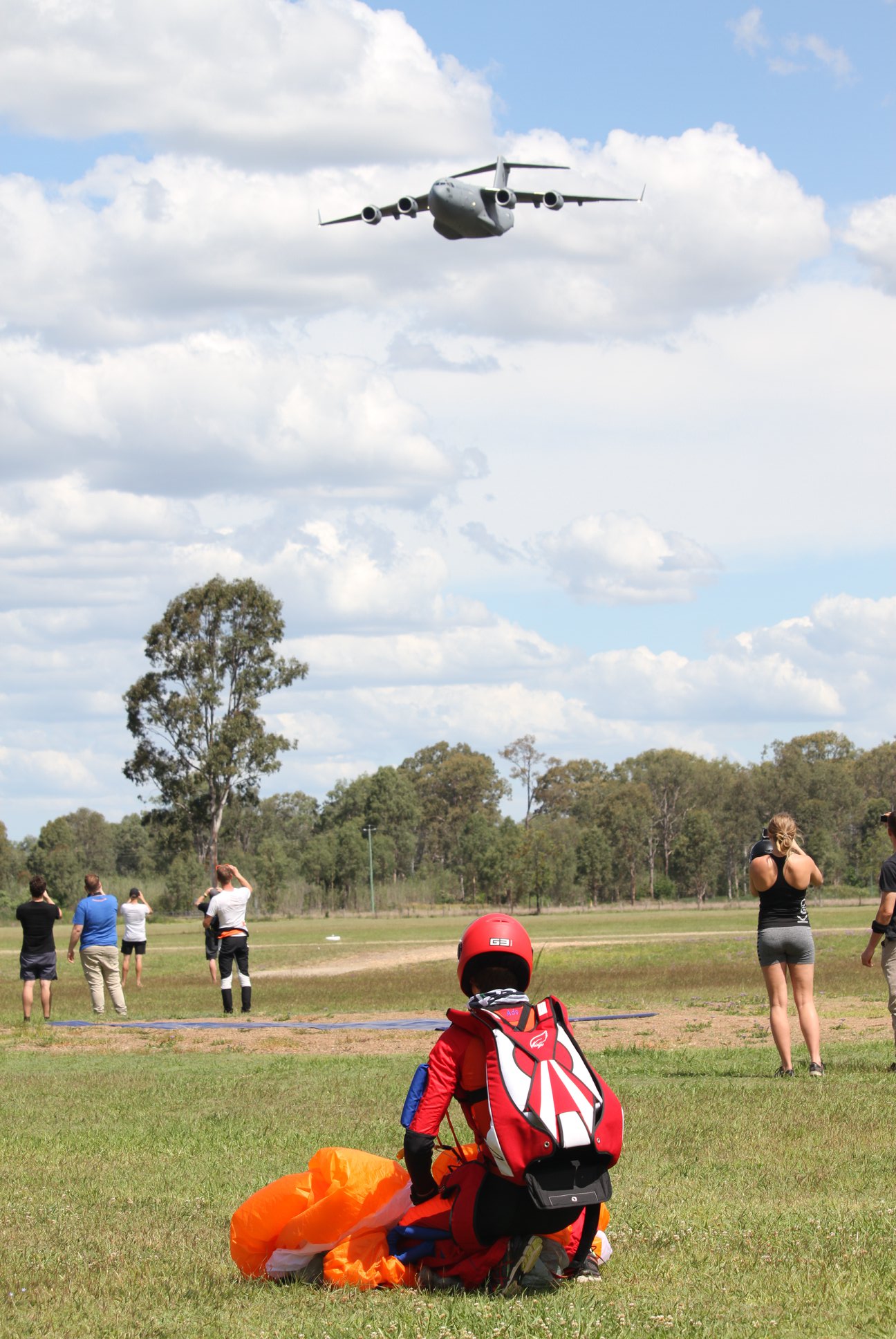
A good drop at Toogoolawah
Skydivers watch as A41-209 conducts a flypast at Ramblers Drop Zone in Toogoolawah, Queensland, after the aircraft was used to deliver skydivers in a charity event for Legacy Australia.
On 10 November 2018, approximately 270 skydivers took the leap from Royal Australian Air Force No. 36 Squadron C-17A Globemasters over South East Queensland on 10 November 2018, raising nearly $38,000 for charity.
Participants donated to Legacy Australia for the opportunity to participate in the event, which saw them depart RAAF Base Amberley and jump to Ramblers Drop Zone at Toogoolawah, north west of Brisbane. As well as raising money for Legacy, the activity was an opportunity for Air Force to showcase its air mobility capability with the C-17A.
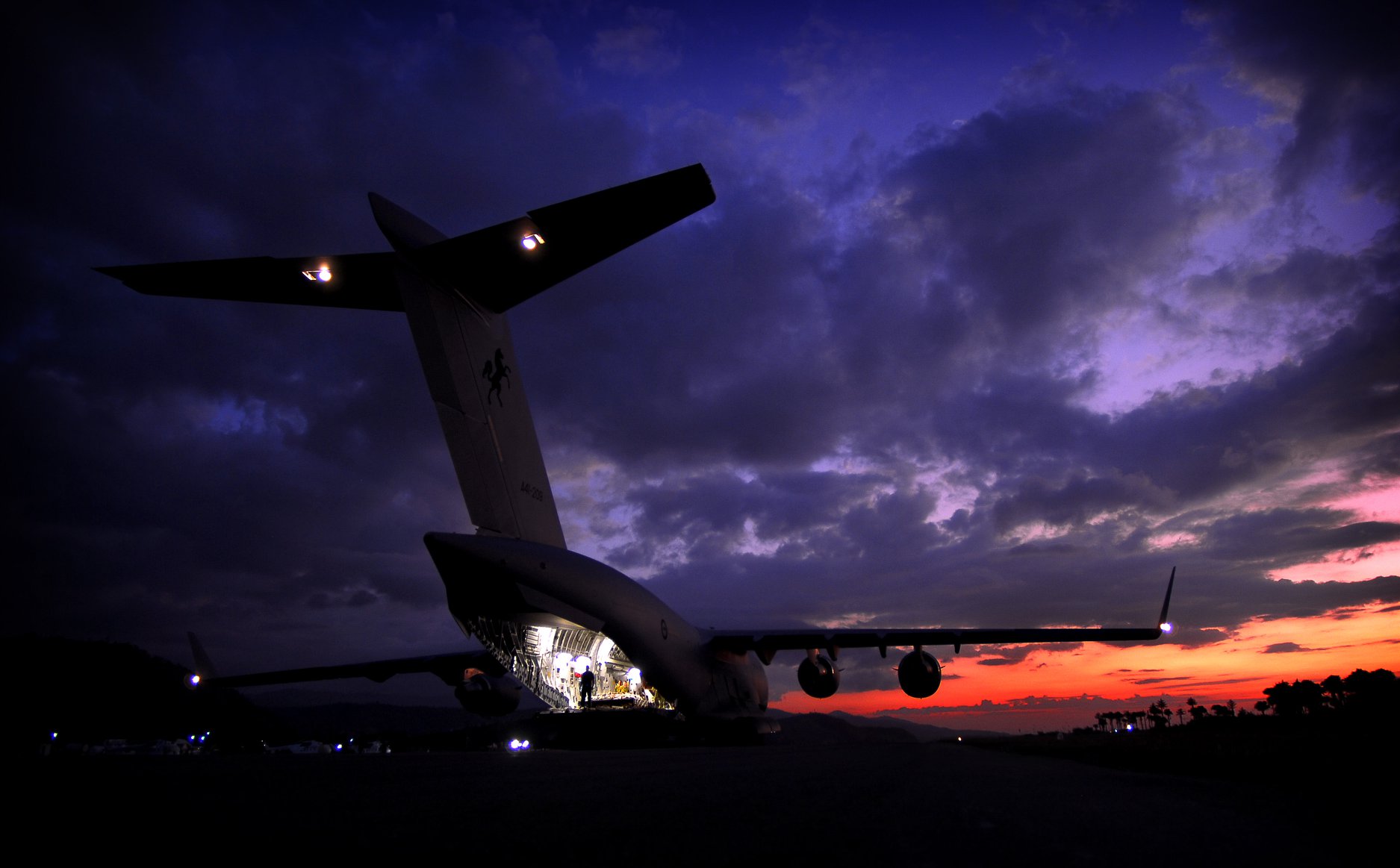
A short hop across the Arafura to swap out a Black Hawk
Saving 5 Aviation a long trip to East Timor – and back – A41-209 in July 2009 was able to transport a fresh S-70A Black Hawk to Dili Airport, and bring home another Black Hawk that was due for routine maintenance. The size of the C-17A and Dili Airport means the entire loading and unloading operation was conducted on the runway.
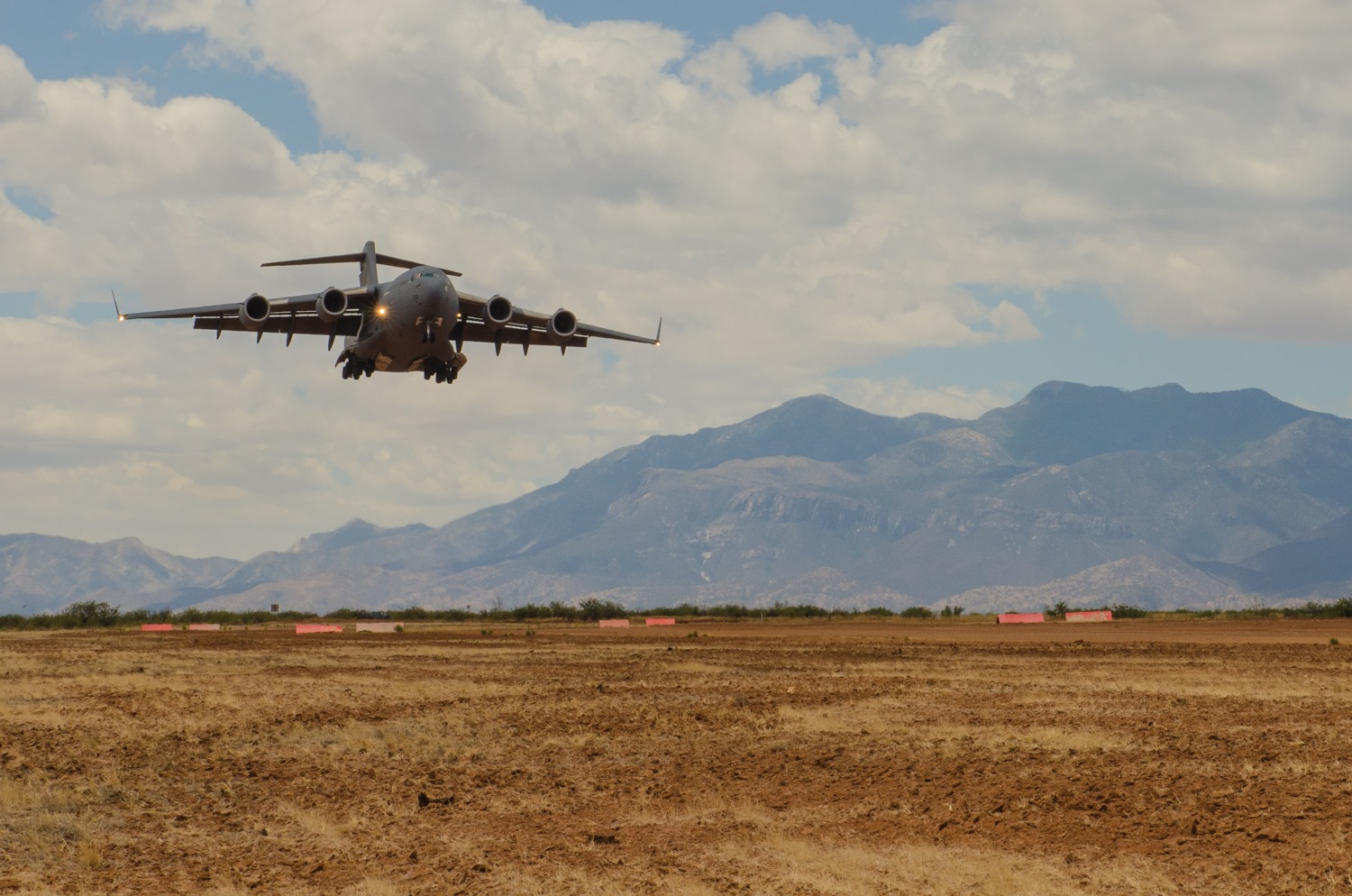
We’re not in Amberley anymore…
Flying the C-17A on missions all over the world often means training all over the world. In 2014, a C-17A crew from No. 36 Squadron took A41-209 to the Advanced Airlift Tactics and Training Centre (AATTC) Course, held in Missouri with missions to Fort Huachuca in Arizona.
This training ensures RAAF crews are ready to work in Coalition environments more easily, allowing them to understand international practices and benefit from the experience of other Air Forces.
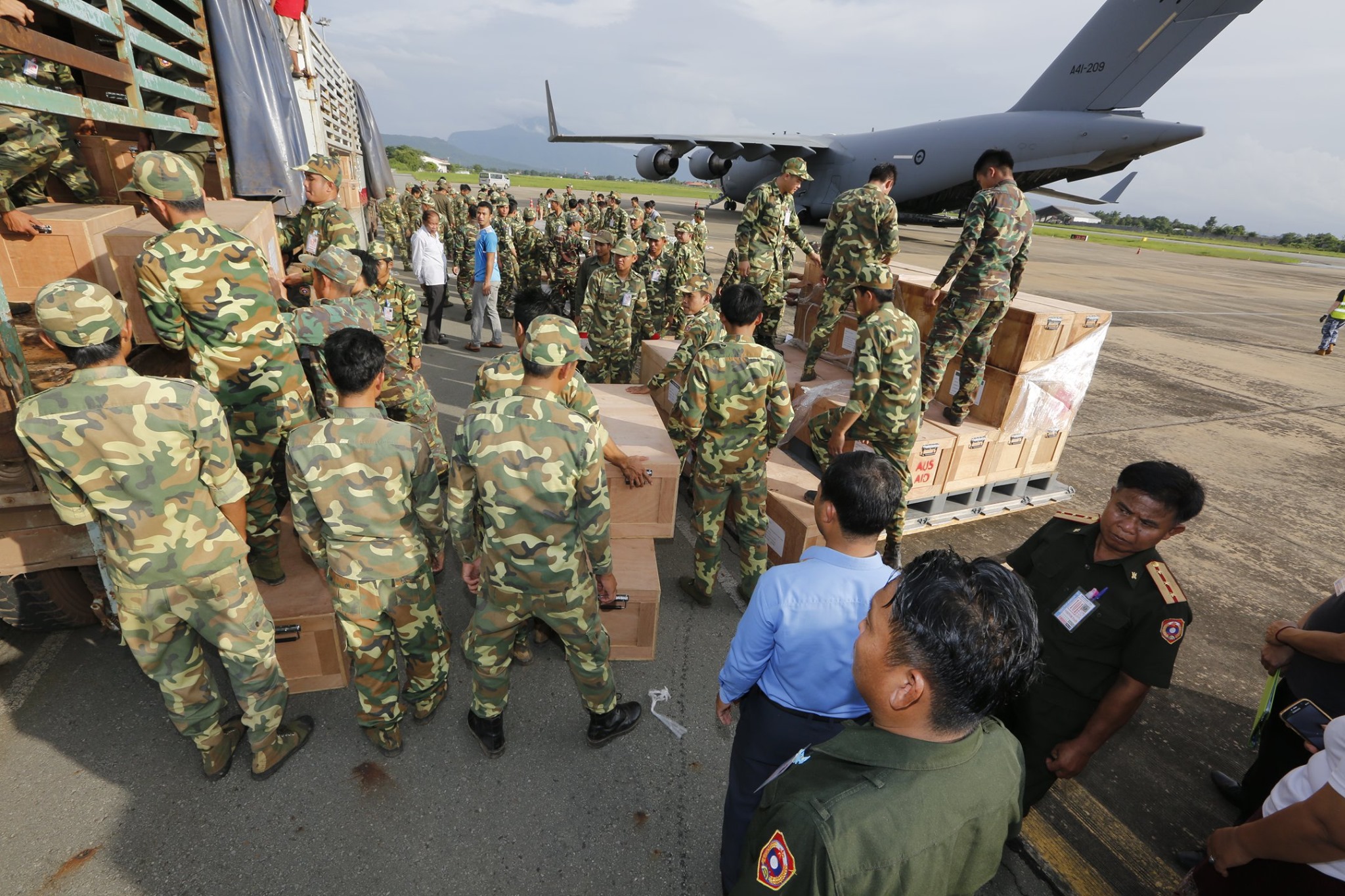
Disaster relief missions
Lao People’s Armed Forces unpack AusAid boxes delivered by RAAF C-17A A41-209, following the collapse of a dam and the subsequent flooding in the Attapeu Province on 23 July 2018.
The first mission, on 27 July 2018, transported 37,000 lbs of humanitarian assistance and disaster relief stores, while the second delivered 70,000 lbs on 29 July 2018.
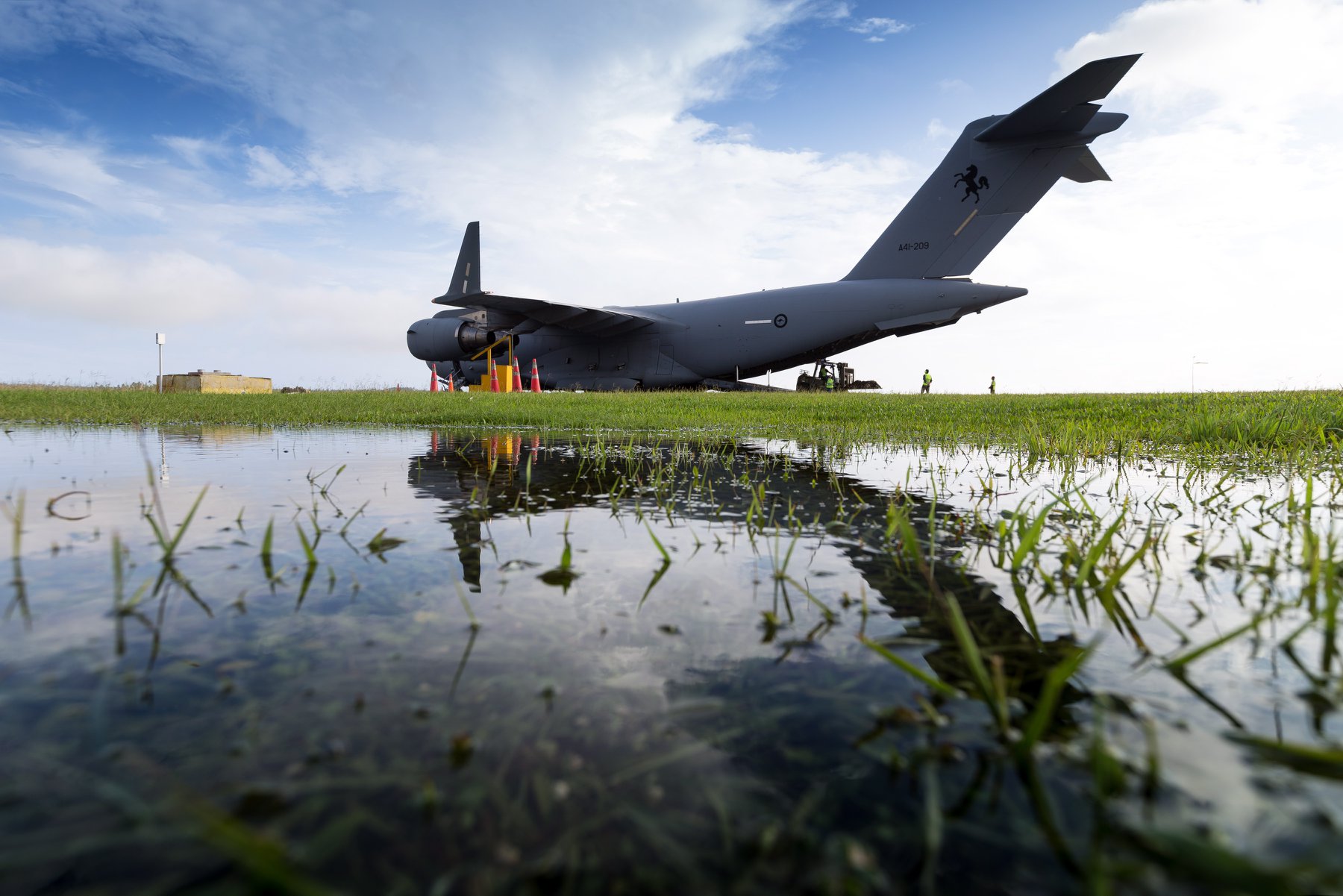
Delivering aid to our neighbours
Life-saving equipment was delivered by Defence personnel using C-17A A41-209 in the wake of Tropical Cyclone Gita in February 2018.
After ripping through Samoa, Gita intensified to a category four cyclone hitting Tonga’s capital, Nuku’alofa, causing power outages and widespread damage on Monday, 12 February, 2018.
The initial two C-17 flights delivered 15 pallets of aid from a Department of Foreign Affairs and Trade (DFAT) supplies warehouse in Brisbane, including shelter tool kits, kitchen and hygiene kits.
An Australian Defence Force Support Response Team who arrived on the first C-17 flight into Tonga continue to work closely with DFAT and Tonga’s National Emergency Management Office conducting damage assessments.
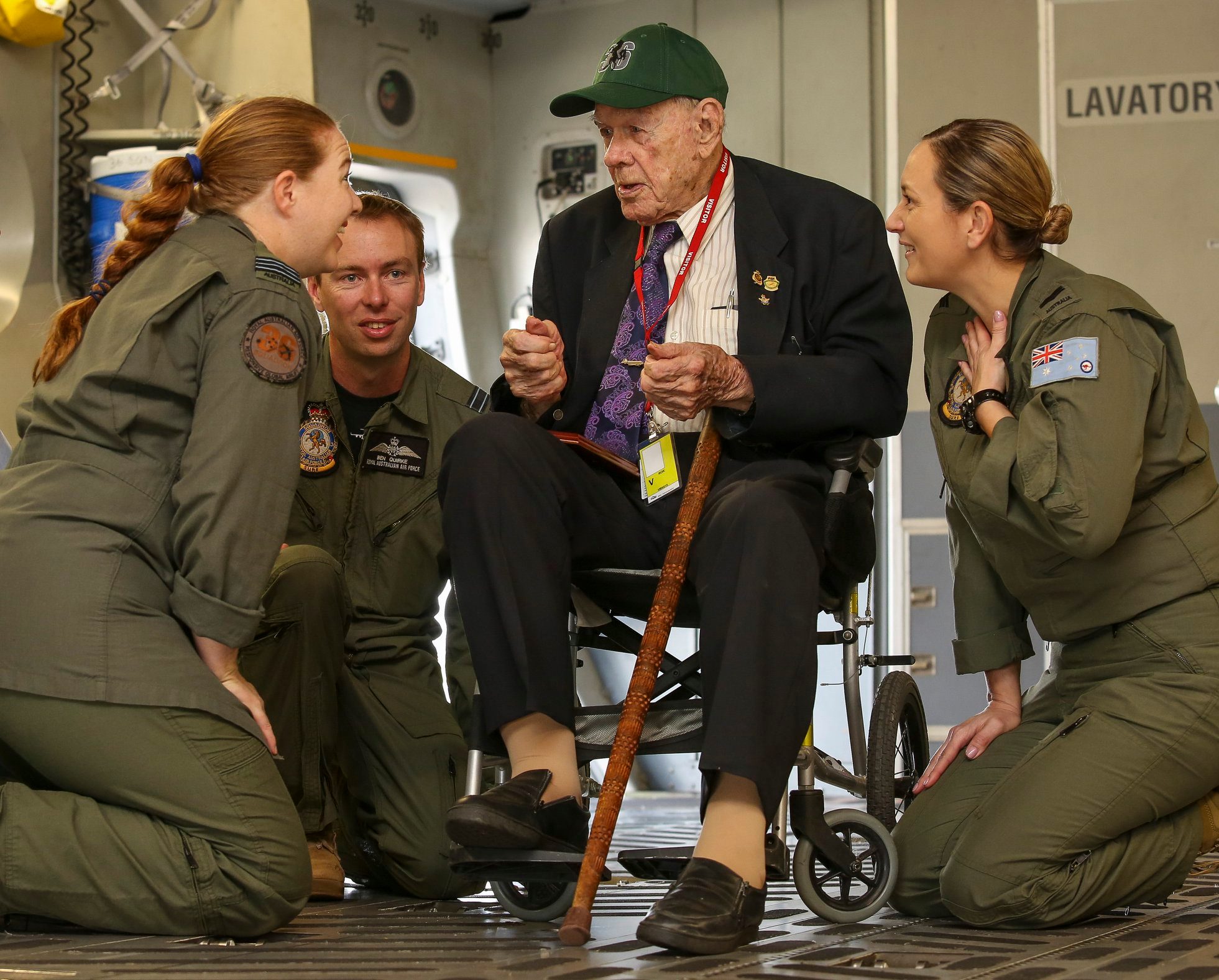
Keeping in touch with the past
In April 2017, a C-17A crew from No. 36 Squadron took A41-209 to Rockhampton, to see a very special member of the RAAF community.
George Batts was one of the first members of No. 36 Squadron when the unit formed in March 1942, and served as a wireless operator on some of its most historic missions – including the squadron’s first airdrop to Australian troops on the Kokoda Trail in New Guinea.
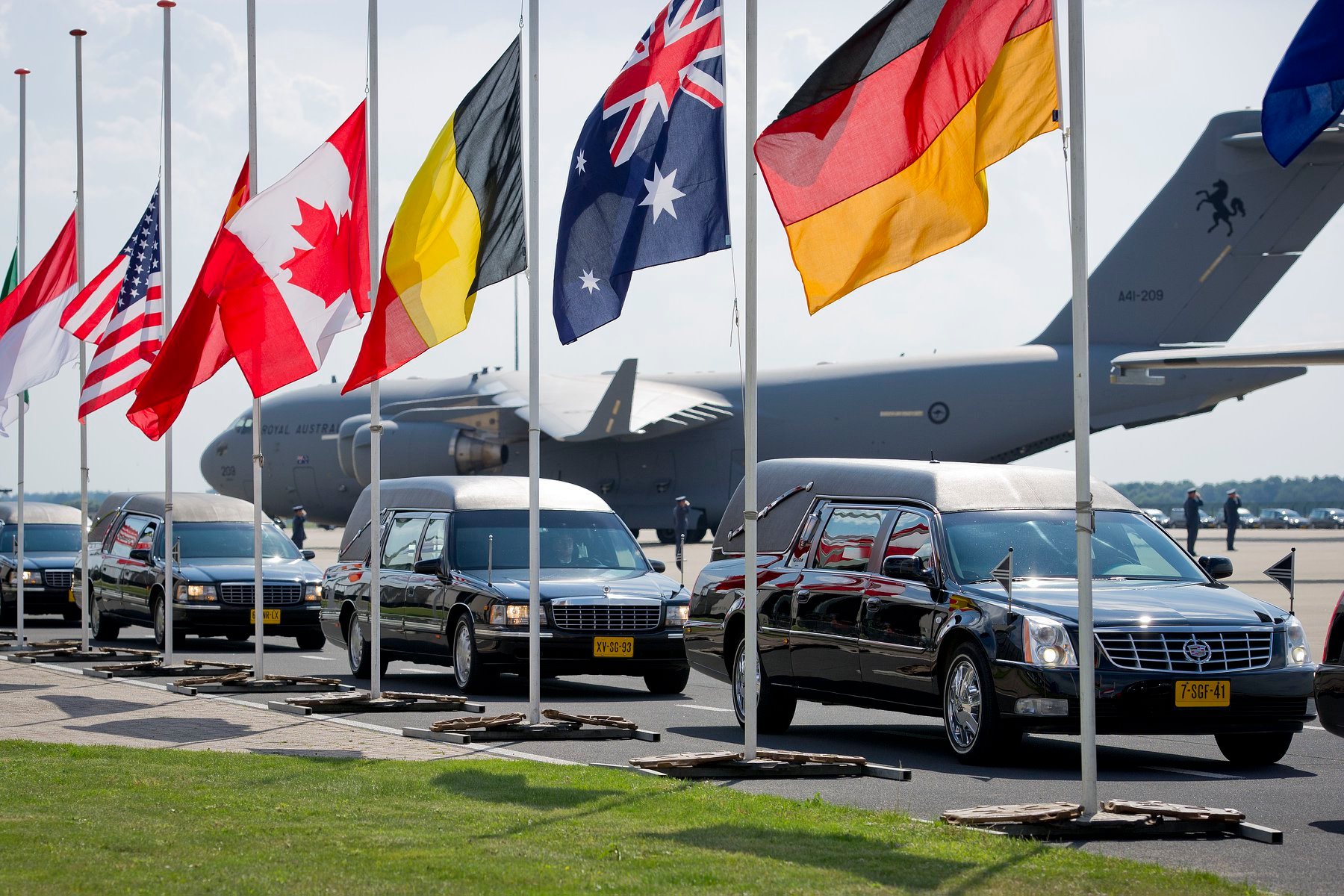
Solemn duty
National flags fly at half mast as hearses carrying Malaysian Airlines MH-17 victims leave Eindhoven Airfield in the Netherlands. In the background stands A41-209, which was one of the RAAF C-17As used in the repatriation of the deceased from the Ukraine.
Netherlands Defence Force personnel received the victims on the ground and provided an honour guard as the caskets were transferred into 74 hearses which lined the tarmac between the two military aircraft.
The convoy travelled 80 kilometres to the Hilversum military base where formal identification will begin.
The Australian Government is working alongside Dutch and Ukrainian authorities to ensure the swift identification and repatriation of all victims of the MH-17 tragedy.
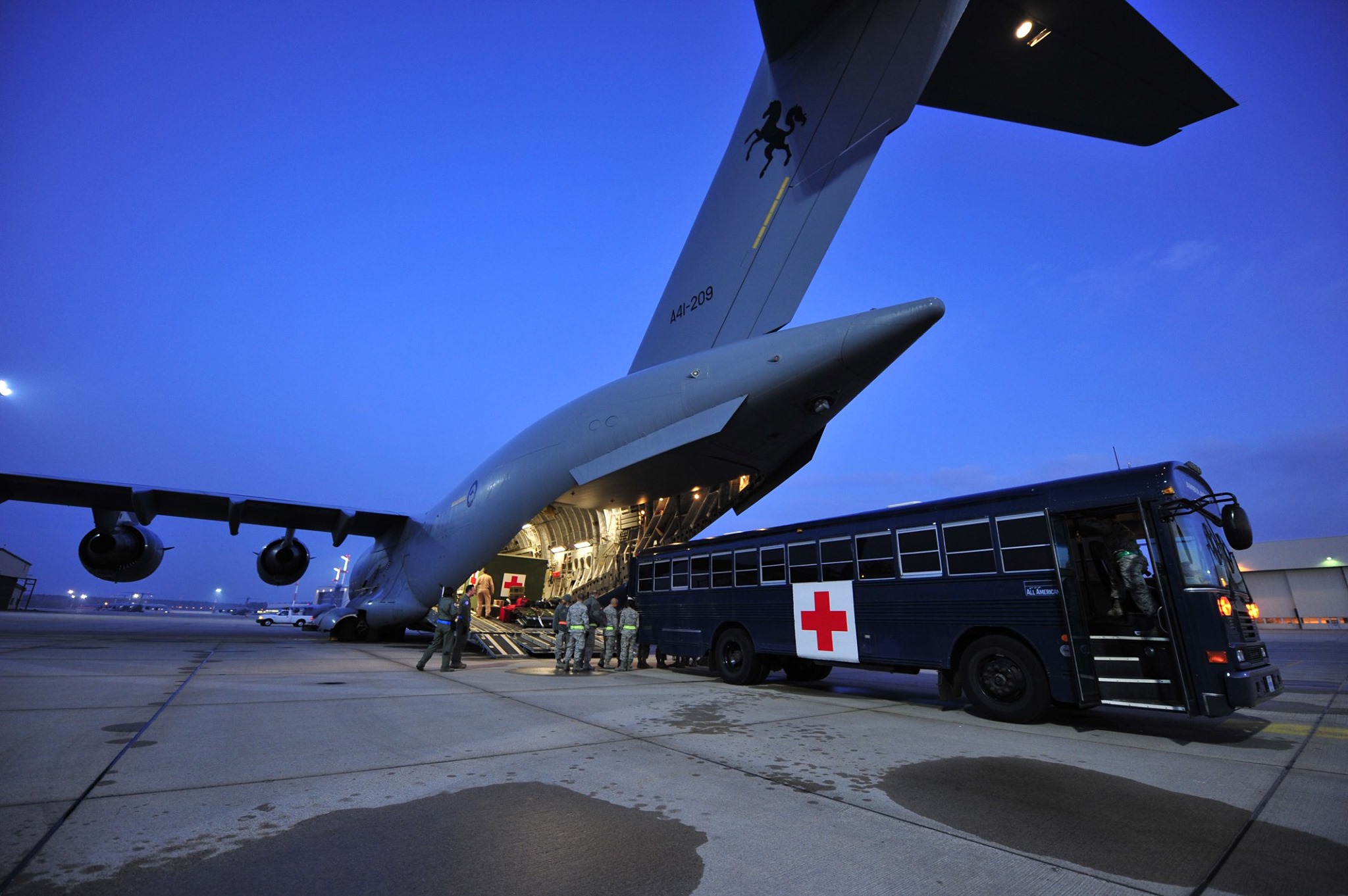
Bringing them home
C-17A A41-209 at Ramstein Air Base in Germany in November 2011, after having conducted an aeromedical evacuation of Australian Army personnel from Afghanistan.

